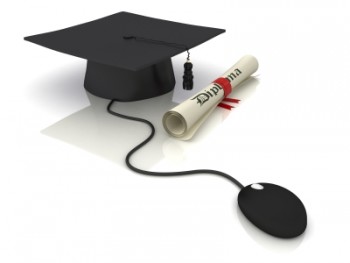
Nearly all colleges and universities are using a LMS, with both faculty and students using a teaching tool. As teaching and learning are becoming more individualized and personalized, today’s LMS needs to be supplemented with a Next Generation Digital Learning Environment (NGDLE) to address the changing demands being made on higher learning institutions.
Traditional LMS for Online Education
Typically an LMS has been most effective and, very successful, in enabling the administrative side of online education but not in enabling learning itself. Grade posting and distribution of materials are of course of great value for the management of a course, but these resources have little if any impact on student engagement and learning success. Initial LMS designs have been both course- and instructor-centric, which is in tandem with the historical classroom- centric way of teaching. Many of them have evolved from Human Resource Management and Performance based software, software often designed to be hosted on local servers vs. the more current and flexible “cloud-based” applications.
As higher education transitions from its traditional emphasis on the instructor and the classroom and begins focusing instead on learning and the learner, it also needs to move away from a standard form for courses and course delivery. Institutions need to start creating an environment with a variety of course models, in response to the demands of a varied and at times geographically dispersed student body. These developments pose a problem for any LMS with a design that is still based on the instructor-centric, one-size-fits-all model of learning and inflexible software code.

If current LMS designs are not able to adapt to current demands and requirements, what does that mean going forward?
The next generation of Higher Education LMS needs to support a very different model of learning, one that’s more individualized, interactive and customized but retains standards of teaching/learning consistency, excellence, and features compliance reporting and fair/honest grading.
New LMS Design Principles
Updating the current LMS is not the perfect answer, nor is it as simple and easy as developing another LMS from scratch. Instead, the LMS needs to be supplemented with a Next Generation Digital Learning Environment (NGDLE) with new digital architecture and new learning components that enable and enhance the transitions that higher education is currently experiencing.
The Future of LMS in Education
It will be valuable to retain the LMS as an administrative tool but at the same time to enrich the higher education environment with an interactive model of teaching and learning, as higher education is transitioning from the transmission model of education to one built on concepts such as <a href="http://www.techscholar try this site.com/blog/training-millennials-effective-training-for-a-multi-generational-workforce/” target=”_blank”>active learning, personalization, hybrid course designs, and new directions for measuring degree progress.
